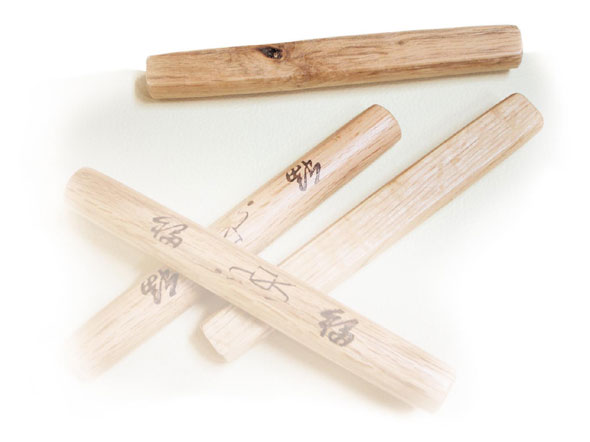 | ||
Yunnori is a traditional game which can be enjoyed by everyone. It was played on new years or the first full moon as a village event. There is no fixed theory about how yunnori occured. However, according to Suseo, the book of Chinese history, yunnori existed before the period of the Three Kingdoms. The items needed for yunnori are four sticks called yuts, four stones called yunmals, and a board named yutpan. Each side of a yut represents the sky and earth, which means while throwing them, man can be in control of nature. 28 circles that are drawn on the yutpan represent the stars. The movement of yunmals expresses the circulation of the stars. When our ancestors played yunnori, they were also keeping in mind the harmony between humans and nature.
Yunnori was mainly played on new years or the first full moon. However, since yunnori was such an amusing game, it was held more often than twice a year. Yunnori meant more than just fun. Villagers could inspire a sense of cooperation and also relieve stress. This was important because in the old agricultural society, partnership was an important factor. People could foresee if it would be a good or bad year for farming by throwing the yuts. In Hwanghae Province, a district in the north west of Korea, villagers played yunnori to find out which kind of crop would have a good harvest. Meanwhile, personal fortunes were also hot issues and fortune tellers gave people predictions about their futures by throwing the yuts. However, as time passed by the tradition of fortune telling disappeared.
Many kinds of yunnori also died away. It is usually thought that there has always been one kind of yunnori. However, yunnori varied from region to region . In the southern area, people used chestnuts as yuts and threw them using a bowl, while northerners used beans instead of chestnuts. There were also folk songs along with the play. The songs were about hoping for their yutmals to run faster or the joy of having a good number. In yunnori, the numbers one to five are called doe, gae, gul, yut and moe. Every number has a humorous song. For example, if one got a doe, he or she would sing the doe song.
"Yunnori encourages community spirit. Every holiday people play yunnori together and feel the partnership inside." says Lee Chul-su, an expert of Korean traditional play. Yunnori is a simple game that can be played by everyone regardless of the number of people. Moreover, the yunnori items can be bought in markets or stationary stores, which makes it easier to play. By playing yunnori in teams, the community spirit grows higher and higher. "Through yunnori, people in individual societies can learn the importance of harmony and see the composure of our ancestors," says Lee.
As time passed by, the local color of yunnori gradually disappeared and only its entertainment features became overemphasized. However, yunnori is still played on holidays by families and friends. They can gather up and build trust and friendship through yunnori. Thus, yunnori is continuously being loved by many Koreans. By the act of throwing the sticks and singing songs all together, people can learn not only the harmonious spirit, but also the composure of our ancestors.

| How to play Yunnori |
| Needed: Four sticks (yut), four stones (yunmal) for each team, and a board (yutpan) |
| 1. Throw the yuts! Move your stones forward according to the number of sticks that land back-side-up. If all yuts land right-side-up, move forward five spaces. |

